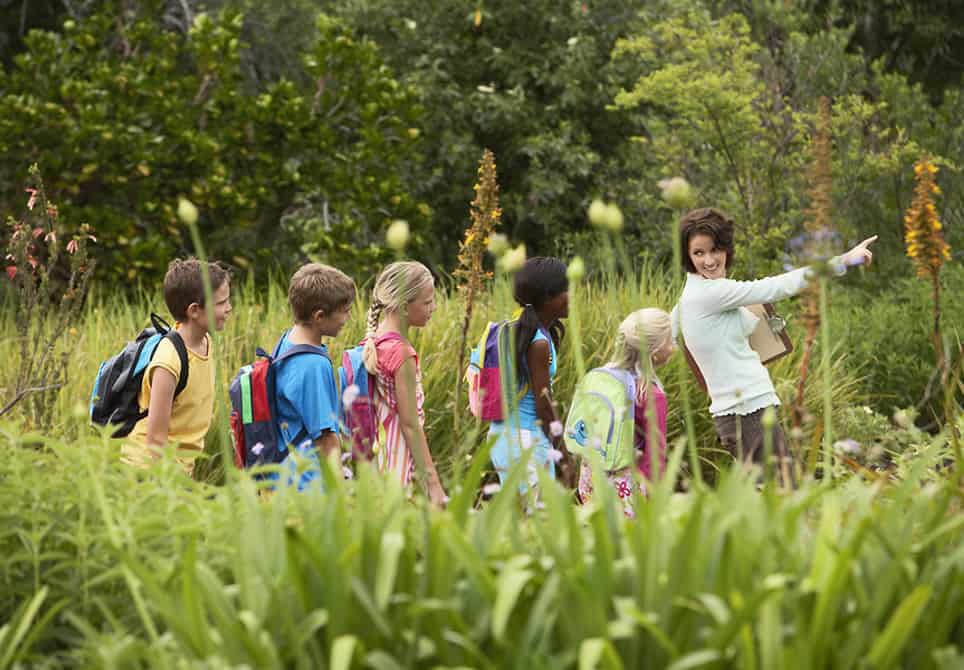Avoid Summer Brain Drain with Place-Based Learning

As the school year comes to a close parents and educators may be worried about learning loss when students are not in school. However, powerful learning experiences can and should be happening outside classroom walls.
Our team spent the last year exploring the world of place-based education (PBE) through our Learning & the Power of Place campaign. The project reinforced that it’s never been easier to learn anything–anytime and anywhere.
PBE is an approach to education that takes advantage of geography to make learning authentic, meaningful and engaging for learners. PBE is defined as an immersive learning experience that “places students in local heritage, cultures, landscapes, opportunities and experiences–using these as a foundation for the study of language arts, mathematics, social studies, science and other subjects across the curriculum.”

As you plan summer trips and days of exploring keep in mind the following PBE resources to avoid summer learning loss:
The basics. This guide and infographic provide an overview of Place-Based Education including definitions, benefits and examples. They feature diverse examples of Place-Based Education in practice submitted by educators all over the world.
Where to start. This guide is a quick start actionable guide for the implementation of Place-Based Education in classrooms and in communities. Actionable examples and tips are shared throughout to inform and inspire place-based opportunities across the curriculum.
Museum learning. Heading out on a trip? Know of great museums in your town? Check out how these educators and students used museums for a literature class.
National parks. If you are hitting to road and plan to visit one of the National Parks make sure to turn it into a PBE experience. As Mary says, “There’s nothing quite like a park to teach history, language arts (how to express oneself), the visual arts (ranging from the hieroglyphs to the narratives), and science (the geology of the area).”
Listen up. While you’re outside working in the yard, grab a pair of headphones and listen to our PBE focused podcast featuring perspectives of the teachers, leaders and learners with advice on how to implement PBE in your classroom, school, campus and community.
Student voice. Its important to understand why students love PBE. Hearing from students was by far our team’s favorite part of this campaign. Our partners at Teton Science Schools share what students are staying about their engaging learning experiences.
Community connections. Schools, students and teachers share from their experinces to help plant the seeds of PBE your community.
As our campaign has discussed, tor the first time in human history, we have the tools available to provide access to powerful learning experiences to every person on the planet. Through PBE, students, educators and families can extend the learning outside the classroom and create meangingful learning experiences all summer long.
For a collection of all of the contributions to the “Learning & The Power of Place” campaign from educators all over the world, see our collection of Place-Based Ed posts here. Check out the hundreds of examples of Place-Based Education in action and share your own using #PlaceBasedEd on social media.







0 Comments
Leave a Comment
Your email address will not be published. All fields are required.